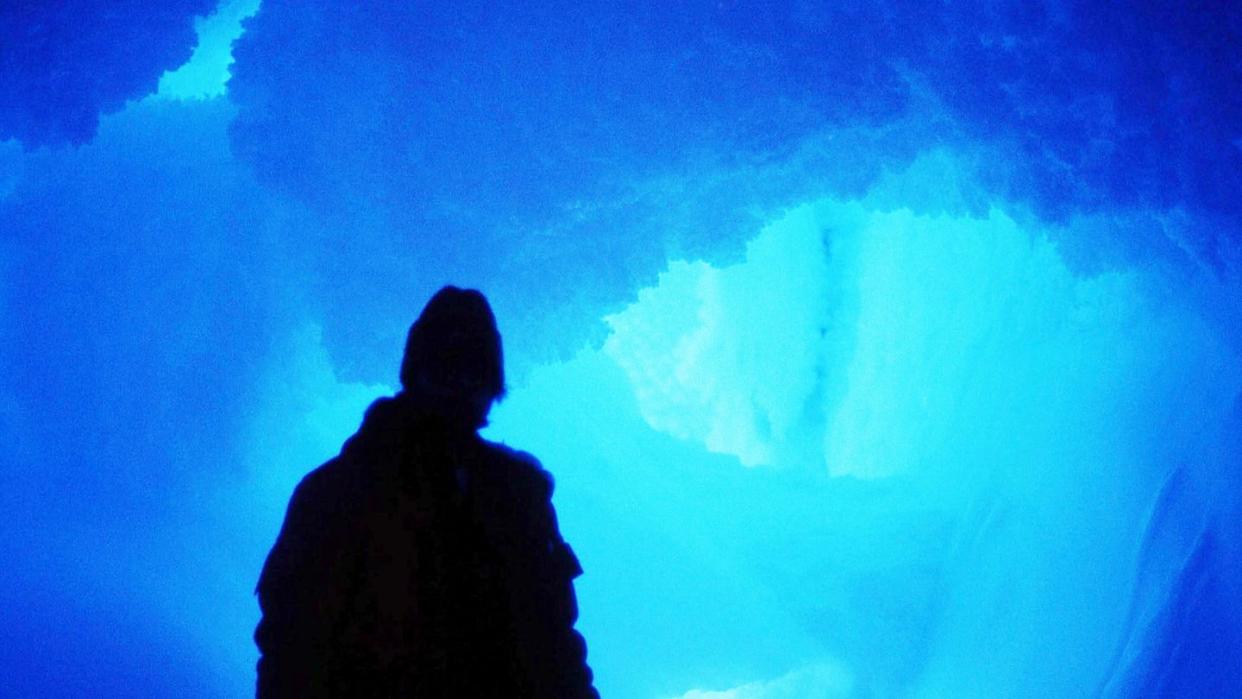A Bone-Chilling Discovery Has Emerged From The Ice Age—And It's Still Shaping Humanity

Researchers have connected the propensity for certain neurological disorders in modern humans to a gene we inherited from ancient Denisovans.
The gene may have also helped ancient humans better survive colder climates.
Tracking genes from ancient humans can help us pinpoint differences in modern human populations.
When Homo sapiens ventured from Africa into the colder lands of Eurasia, those ancient humans encountered other species of ancient humans and began... mixing their genes. Those DNA-mixing events have passed genetic material down over tens of thousands of years, and now, researchers believe that they can pinpoint where a surviving mental health issue among modern humans came from.
But for once, we can’t blame the Neanderthals. The DNA in question comes directly from Denisovans. Researchers published a study in the journal PLOS Genetics in which they stated that the Denisovan-originated human gene variant SLC30A9 has passed into a majority of modern populations, and could be to blame for knocking off modern mental equilibrium.
SLC30A9 helps control the transportation of zinc across cell membranes. The gene, coding for the ZnT9 protein, has some real benefits—especially in cold climates, as its role in cellular metabolism helped humans adapt to cold weather. But it has some cons as well. Namely, zinc imbalances may result in neurological abnormalities such as depression, hyperactivity disorder, autism spectrum disorder, and schizophrenia.
“We propose that adaption to cold may have driven this selection event,” the authors wrote, “while also impacting predisposition to neuropsychiatric disorders in modern humans.”
After finding the adaptive variant, the team tracked it back to the extinct Denisovan population. “Through genomic analysis, we noted that the genetic variant observed came from our interbreeding with archaic humans in the past, possibly the Denisovans,” Ana Roca-Umbert, co-first author on the study, says in a statement. They also found that Neanderthal populations don’t have the same mutation.
The researchers believe that this newfound link to the past may offer a window into understanding the Denisovan DNA that still exists in modern humans. While Neanderthal DNA has been found to impact everything from nose shape to disease susceptibility in a wide variety of people, Denisovan DNA has largely been seen in smaller groups. For example, in one Tibetan population, it has been seen to help humans adapt to life at high altitudes.
The zinc link goes much further. Even though the variant was established in Asia, it spread to European and Native American populations, and is now found in populations across the planet (although, it is found much less frequently in Africa). “In our case, the impact extends to all populations outside Africa,” Elena Bosch, Institute of Evolutionary Biology principal investigator, said in a statement.
The research team first noticed that the mechanism behind zinc transport differed between modern human populations in Africa and Asia. From there, they started looking for answers. Zinc—an important messenger used by the body to transfer information from the outside of cells to their insides, as well as between different cellular compartments—can also cause neurological and immune disorders when it isn’t present in the body in high enough amounts.
While the variant could potentially provide a metabolic advantage for coping with hostile, cold climates, the adverse impacts have also lived on well beyond those original ancient encounters.
You Might Also Like


